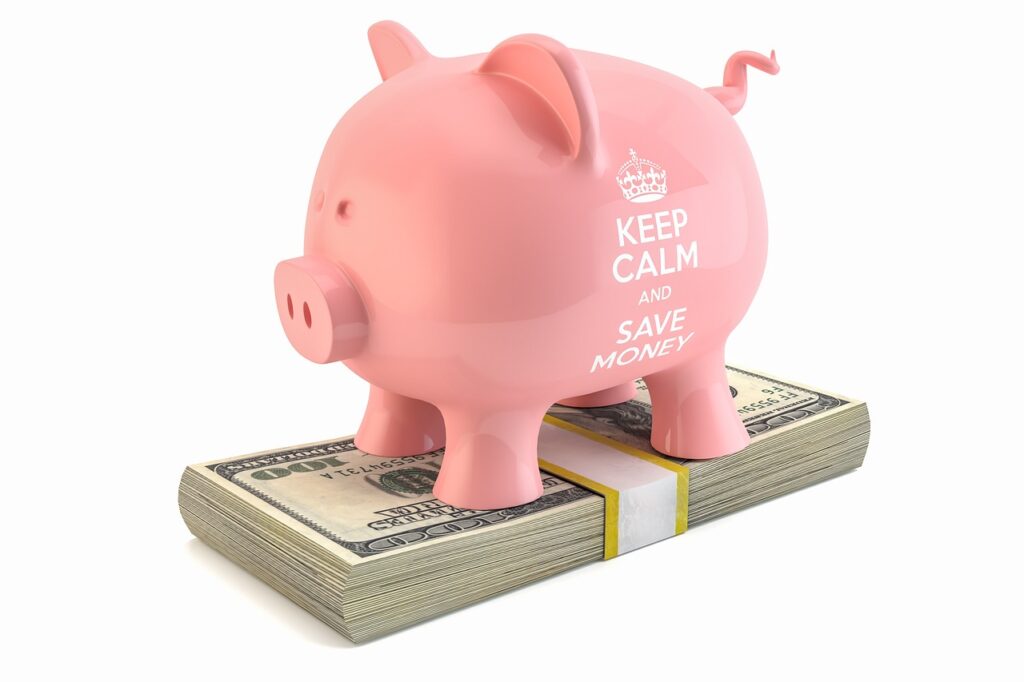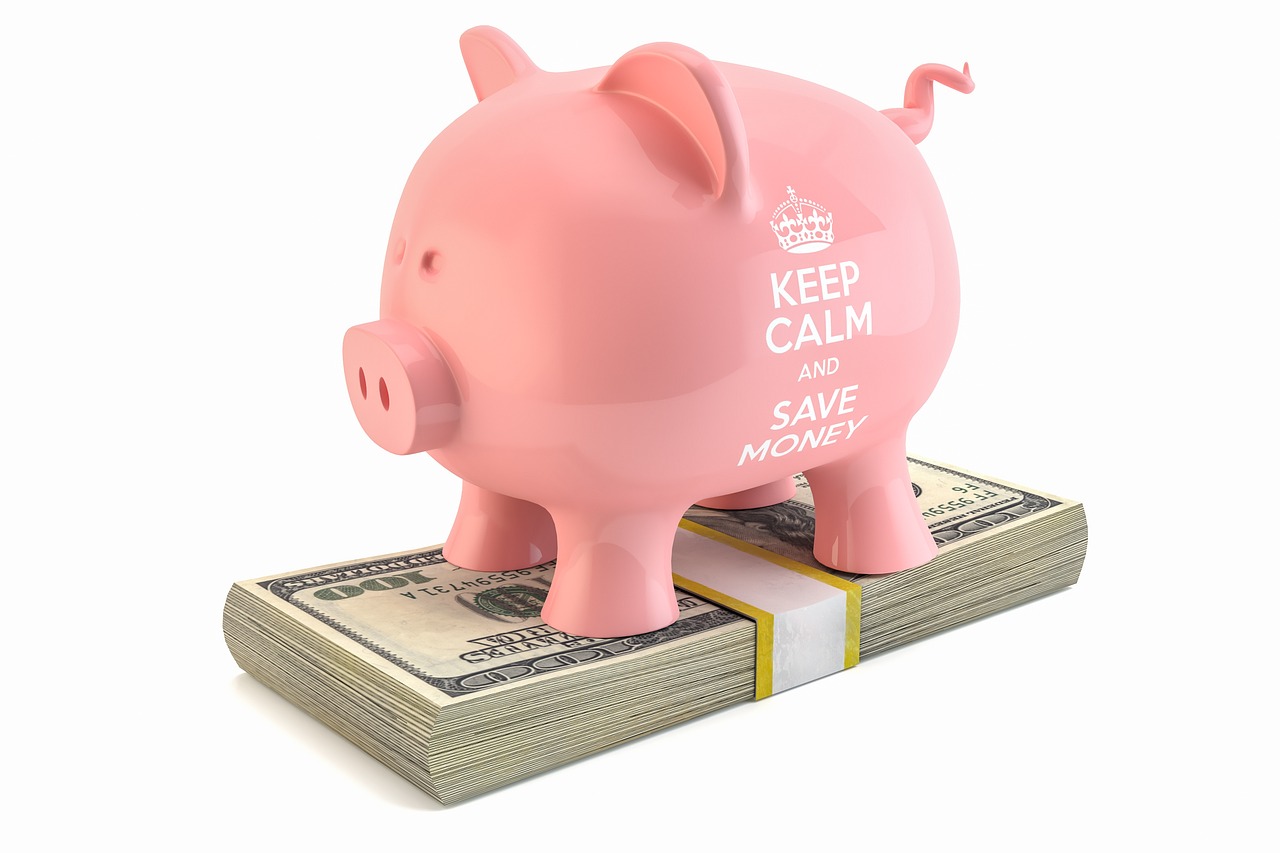Last month, my friend Amy called me in a panic. Her car broke down on the highway, and the repair estimate came back at $1,200. She didn’t have that money sitting around. Like many people, she had to put it on a credit card and spend the next several months paying it off with interest. That’s when she realized she needed an emergency fund — and honestly, most of us learn this lesson the hard way.
Life doesn’t send you a warning email before throwing curveballs. A sudden medical bill, unexpected job loss, broken appliance, or emergency home repair can happen to anyone at any time. Having an emergency fund isn’t about being pessimistic; it’s about being prepared. It gives you financial security, reduces stress, and helps you sleep better at night knowing you can handle whatever comes your way.
If you’re starting from zero, that’s completely okay. Building an emergency fund isn’t about having a huge income — it’s about consistency and making smart choices with whatever money you do have. Let’s walk through exactly how to build yours, step by step.

Why an Emergency Fund Actually Matters
Here’s the thing people often miss: an emergency fund isn’t just another savings goal. It’s fundamentally different from saving for a vacation, a new phone, or a down payment on a house. Those are wants and plans. An emergency fund is your financial safety net — the cushion that catches you when life pushes you off balance.
Without one, you’re basically one bad month away from financial chaos. When an emergency hits and you don’t have savings, you’re forced to make desperate choices. Maybe you max out a credit card at 20% interest. Maybe you borrow from family and feel guilty about it. Maybe you take out a payday loan and get trapped in a predatory cycle. None of these options are ideal, and all of them create more problems than they solve.
But when you have an emergency fund sitting in your account, everything changes. That $1,200 car repair? Annoying, sure, but not devastating. You pay it, life continues, and you don’t lose sleep over mounting debt. That’s the peace of mind we’re building here. Think of your emergency fund as insurance for your entire financial life — except instead of paying premiums to a company, you’re investing in your own stability.
Setting Your First Target (And Why It’s Smaller Than You Think)
Financial experts love to throw around the rule that you need three to six months of expenses saved. And yes, that’s the ultimate goal. But if you’re reading this and thinking “there’s no way I can save $15,000,” I want you to take a breath. You don’t need to start there.
Your first milestone is much more achievable: $500 to $1,000. Seriously, that’s it. This amount covers most common emergencies — a broken phone, minor car trouble, an unexpected medical co-pay, or a last-minute flight home for a family emergency. Once you hit this first goal, you’ll feel a genuine shift in your financial confidence. I remember reaching $1,000 for the first time and thinking, “okay, I can actually do this.”
After you’ve built that initial cushion, then you can start thinking bigger. Calculate what you spend each month on absolute essentials: rent or mortgage, utilities, groceries, insurance, minimum debt payments, and transportation. Multiply that number by three, and that’s your medium-term target. Eventually, you’ll want to get to six months, especially if you’re self-employed or work in an unpredictable industry.
But don’t let the big number paralyze you. Start small, celebrate the wins, and build momentum. Every dollar you save today is a dollar that future you will be incredibly grateful for.
Choosing the Right Home for Your Money
Where you keep your emergency fund matters more than you might think. This money needs to be accessible but not too accessible. What do I mean by that? You want to be able to grab it quickly in a real emergency, but you also don’t want it sitting in your checking account where you might “accidentally” spend it on takeout or a flash sale.
A high-yield savings account is usually your best bet. Unlike traditional savings accounts that pay basically nothing, high-yield accounts currently offer somewhere around 4-5% interest (rates change, so check current offers). Your money stays completely safe, you can access it within a day or two if needed, and it actually grows a little while it sits there. Banks like Ally, Marcus by Goldman Sachs, and many others offer these accounts with no monthly fees and low or no minimum balances.
Some people use money market accounts, which work similarly and sometimes offer check-writing privileges. The key is FDIC insurance — make sure wherever you park this money, it’s protected up to $250,000 by the federal government.
Here’s what you should NOT do with your emergency fund: invest it in stocks, crypto, or anything volatile. Yes, I know the stock market has historically returned 10% annually. But emergency funds aren’t about maximizing returns — they’re about guaranteeing your money is there when you need it. The whole point is liquidity and security. You can invest for growth after your emergency fund is solid.
The Secret Weapon: Automation
Want to know the real difference between people who successfully build emergency funds and those who don’t? It’s not income level. It’s automation.
When you manually transfer money to savings each month, you’re relying on willpower and memory. Some months you’ll forget. Other months you’ll think “I’ll just skip this month and double up next month” (spoiler: you won’t). Life gets busy, expenses pop up, and suddenly six months have passed with zero progress.
But when you automate it? The decision is already made. Set up an automatic transfer from your checking account to your emergency fund savings account on the same day you get paid. Even if it’s just $25 per paycheck, that adds up to $50-$100 per month without you lifting a finger.
The beauty of this approach is psychological. You never see that money in your checking account, so you don’t miss it. Your brain adjusts to the slightly lower balance, and you budget around it naturally. Meanwhile, your emergency fund grows silently in the background like a good security system — you barely think about it until the moment you really need it.
If you get paid biweekly, saving $50 per paycheck means you’ll have $1,300 saved in a year. That’s a fully funded starter emergency fund just from automating a small amount. Want to accelerate it? Increase the automatic transfer whenever you get a raise, pay off a debt, or cut a subscription you weren’t using.
Keeping It Real: Using and Rebuilding Your Fund
Let’s address something important: you will probably use your emergency fund at some point. That’s not failure — that’s exactly what it’s there for. I’ve used mine three times in the past five years: once for an emergency dental procedure, once when my laptop died and I needed it for work, and once when my apartment’s water heater flooded and required immediate repairs.
Each time, I felt relieved that I had the money instead of stressed about how to pay for it. And each time, I made rebuilding the fund my top financial priority until it was back to its target level.
Here’s a helpful framework for deciding what counts as a true emergency:
- Is it unexpected? (Regular bills don’t count)
- Is it necessary? (You need it, not just want it)
- Is it urgent? (Can’t reasonably wait until next payday)
If something meets all three criteria, use the fund without guilt. That’s literally what you built it for. Then, redirect your automatic savings contributions toward rebuilding it. Pause other financial goals temporarily if you need to — the emergency fund comes first because it protects everything else.
Also, review your emergency fund target every six months or so. Did you get a new car with higher insurance payments? Did your rent increase? Did you switch to freelance work? Life changes, and your emergency fund should grow with it. What felt like six months of expenses three years ago might only cover four months now.
Your Financial Freedom Starts Here
Building an emergency fund won’t make you rich, and it’s not as exciting as investing in hot stocks or planning a dream vacation. But it might be the single most important financial move you make. It’s the foundation everything else gets built on — the thing that lets you take smart risks, pursue opportunities, and sleep soundly knowing that normal life emergencies won’t derail your entire financial plan.
You don’t need perfect conditions to start. You don’t need a six-figure salary or a trust fund. You just need to begin, even if it’s with $10 this week. Open that savings account today. Set up an automatic transfer. Give yourself permission to start small and build gradually.
The you of six months from now — the one who’s faced an unexpected expense without panic — is going to be incredibly proud of the you sitting here reading this right now. Your future self is counting on you. Time to get started.
Quick Action Steps:
- Open a high-yield savings account this week
- Set up an automatic transfer of any amount you can manage
- Track your progress monthly and celebrate milestones
- Adjust your target as your life situation changes
